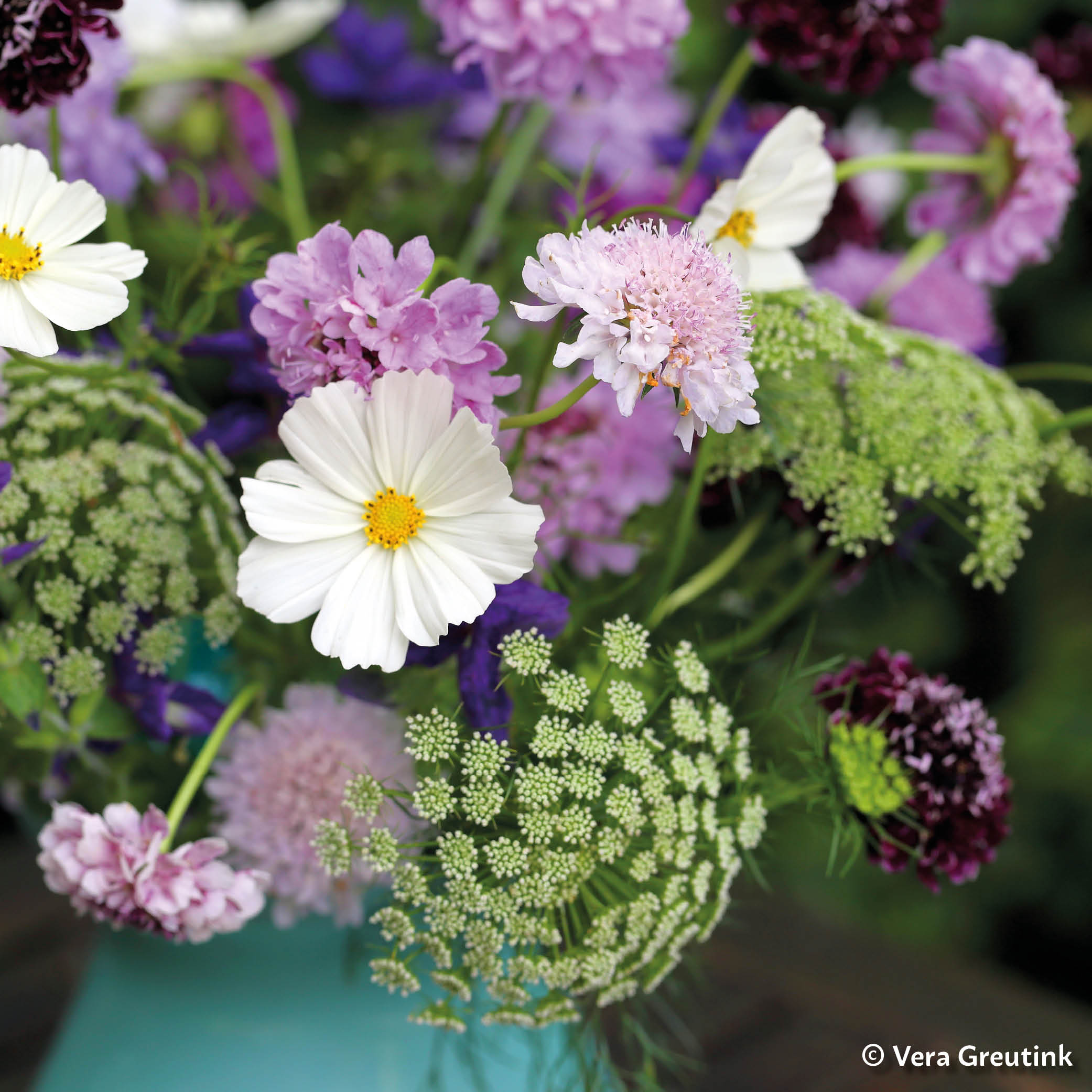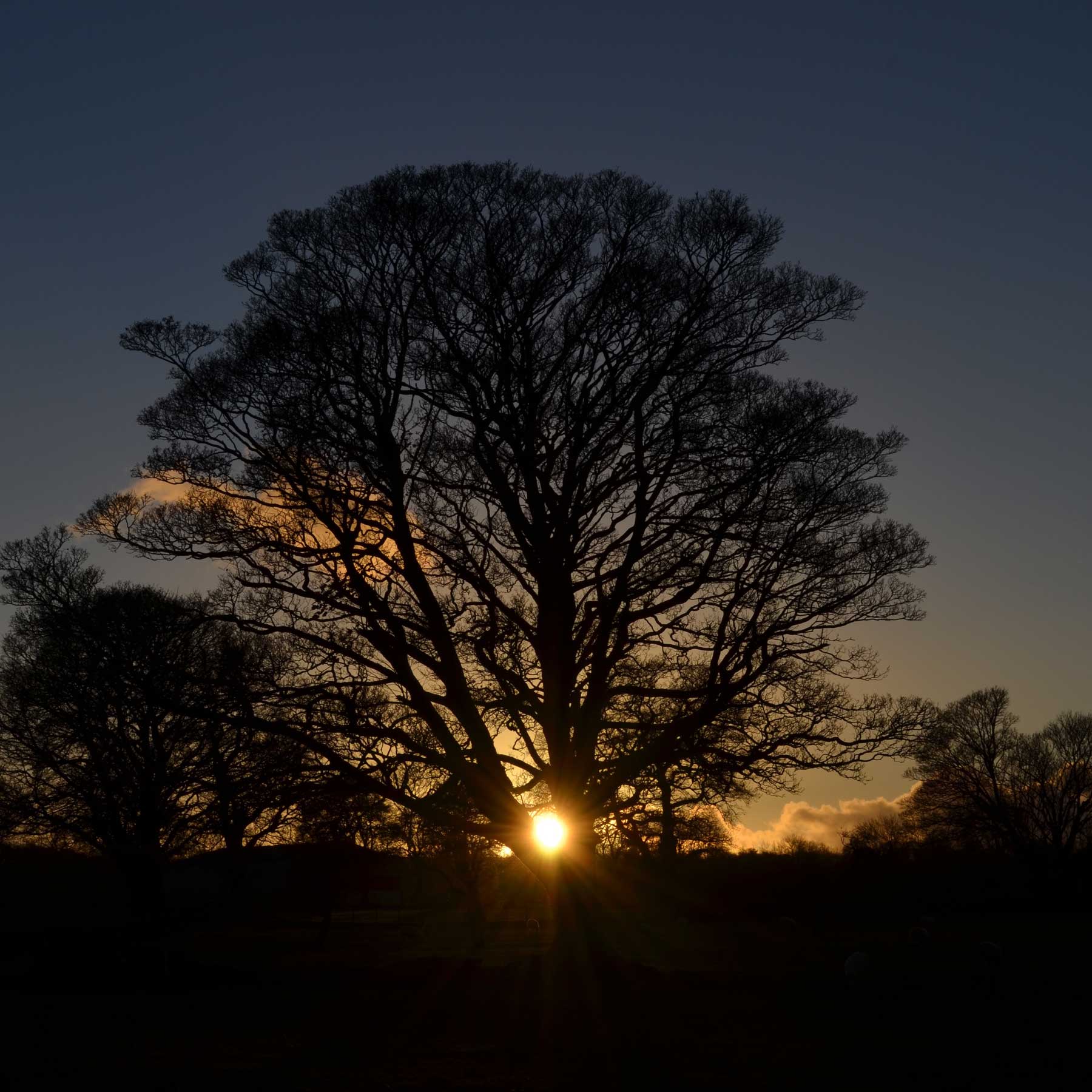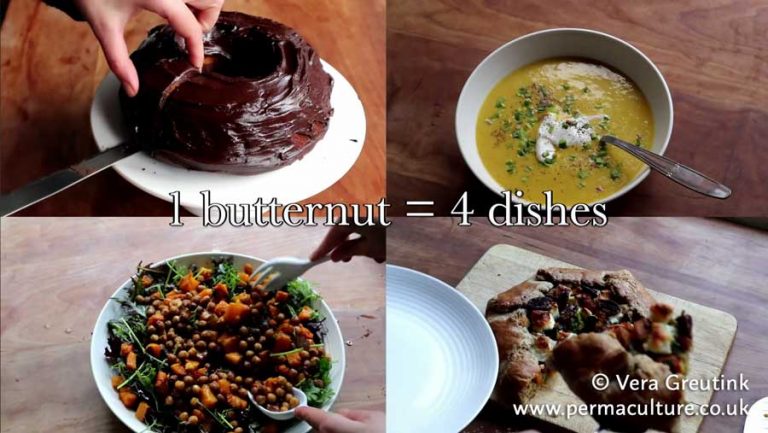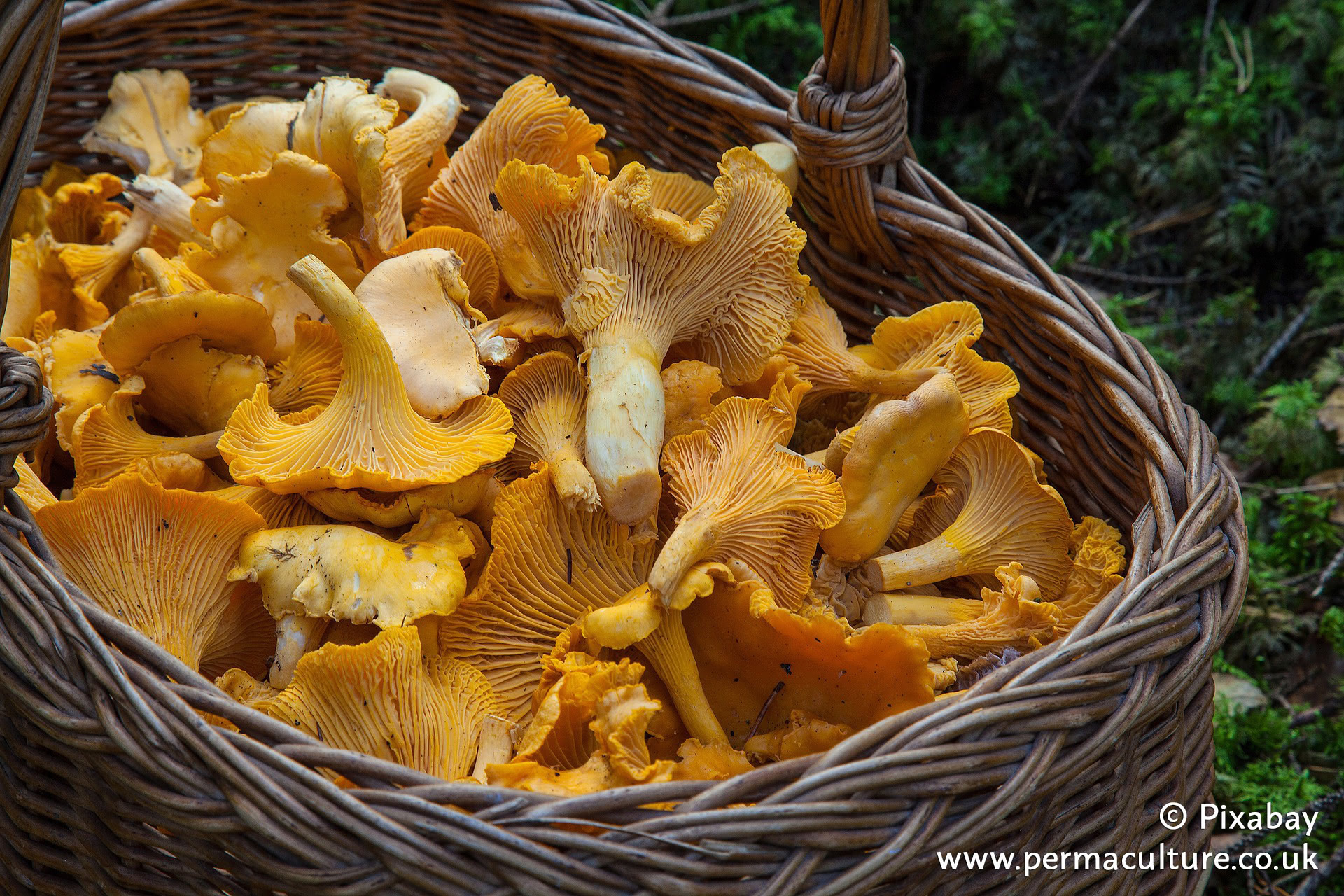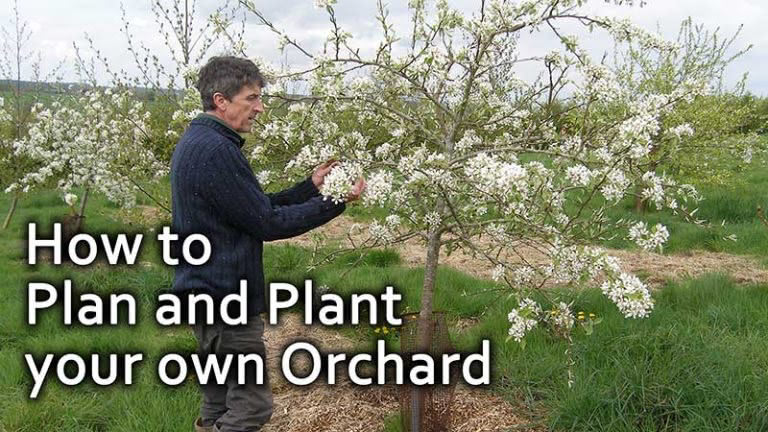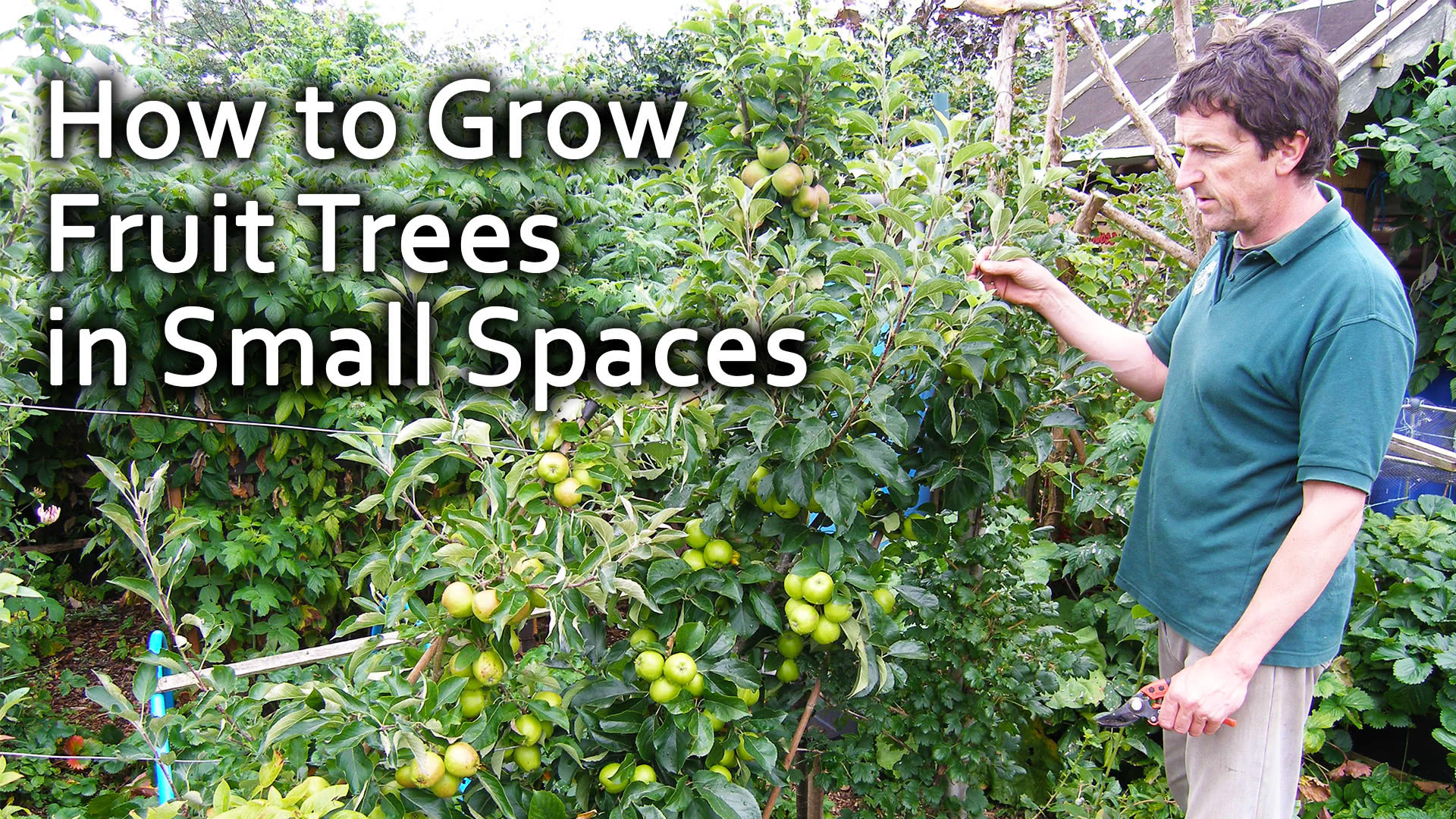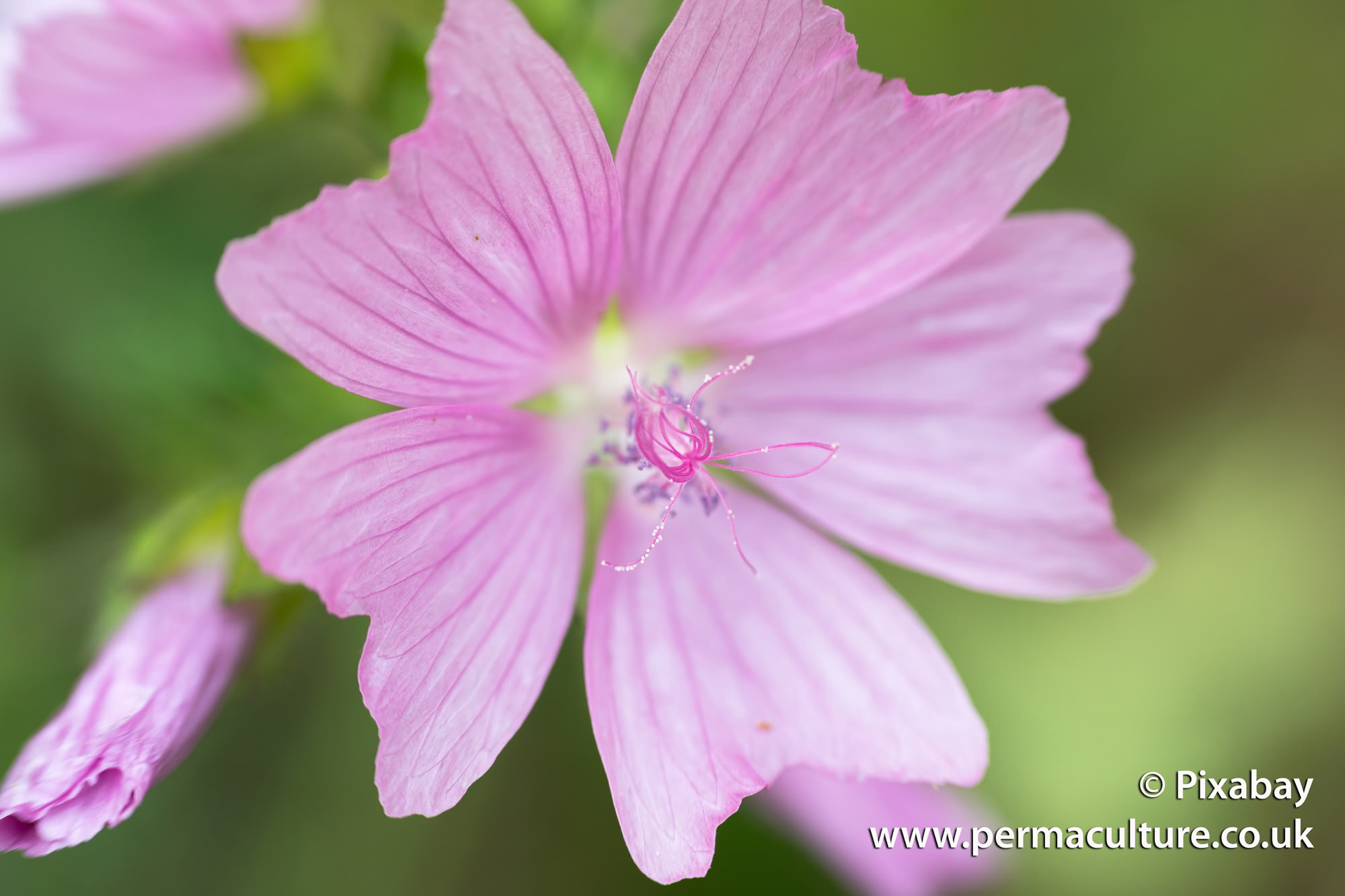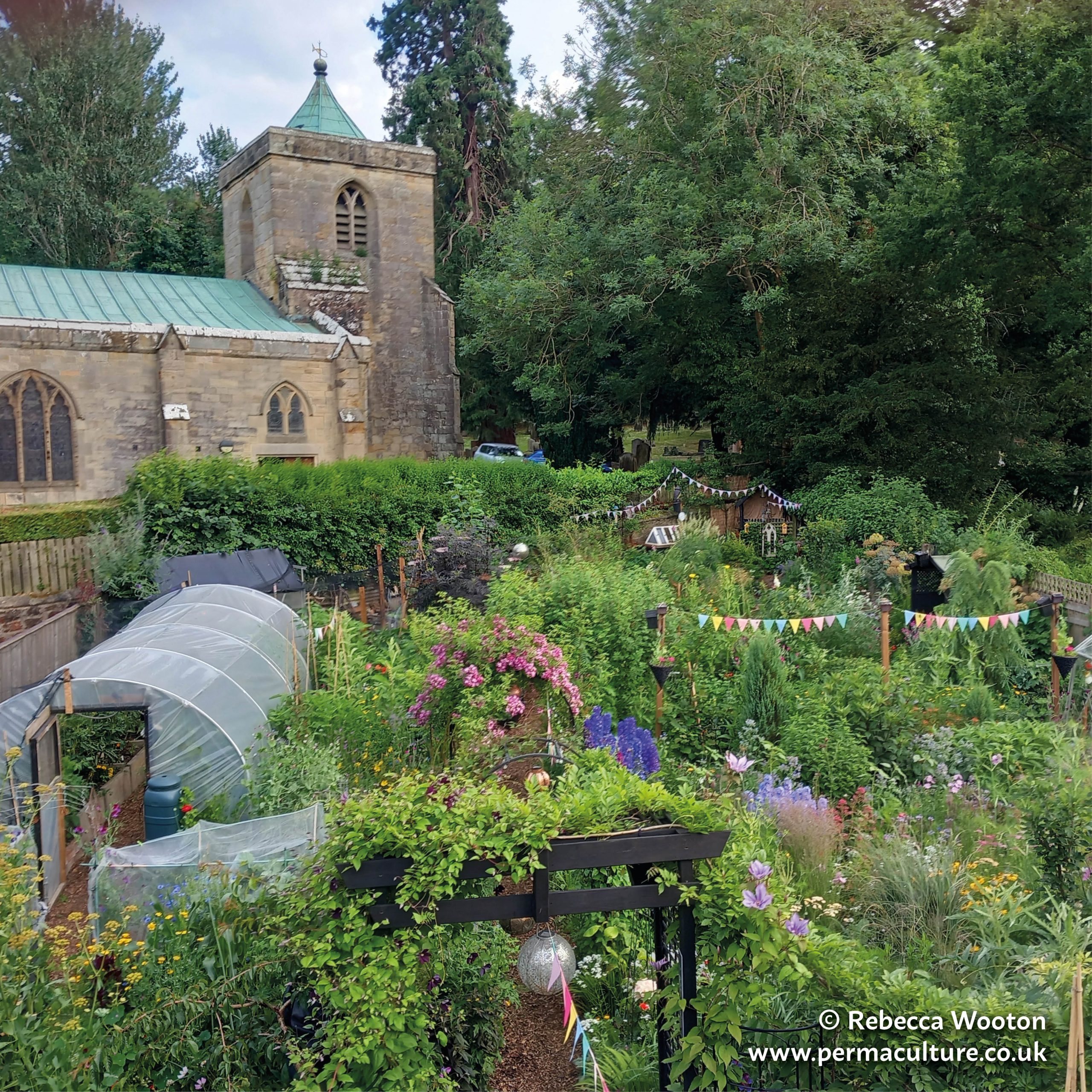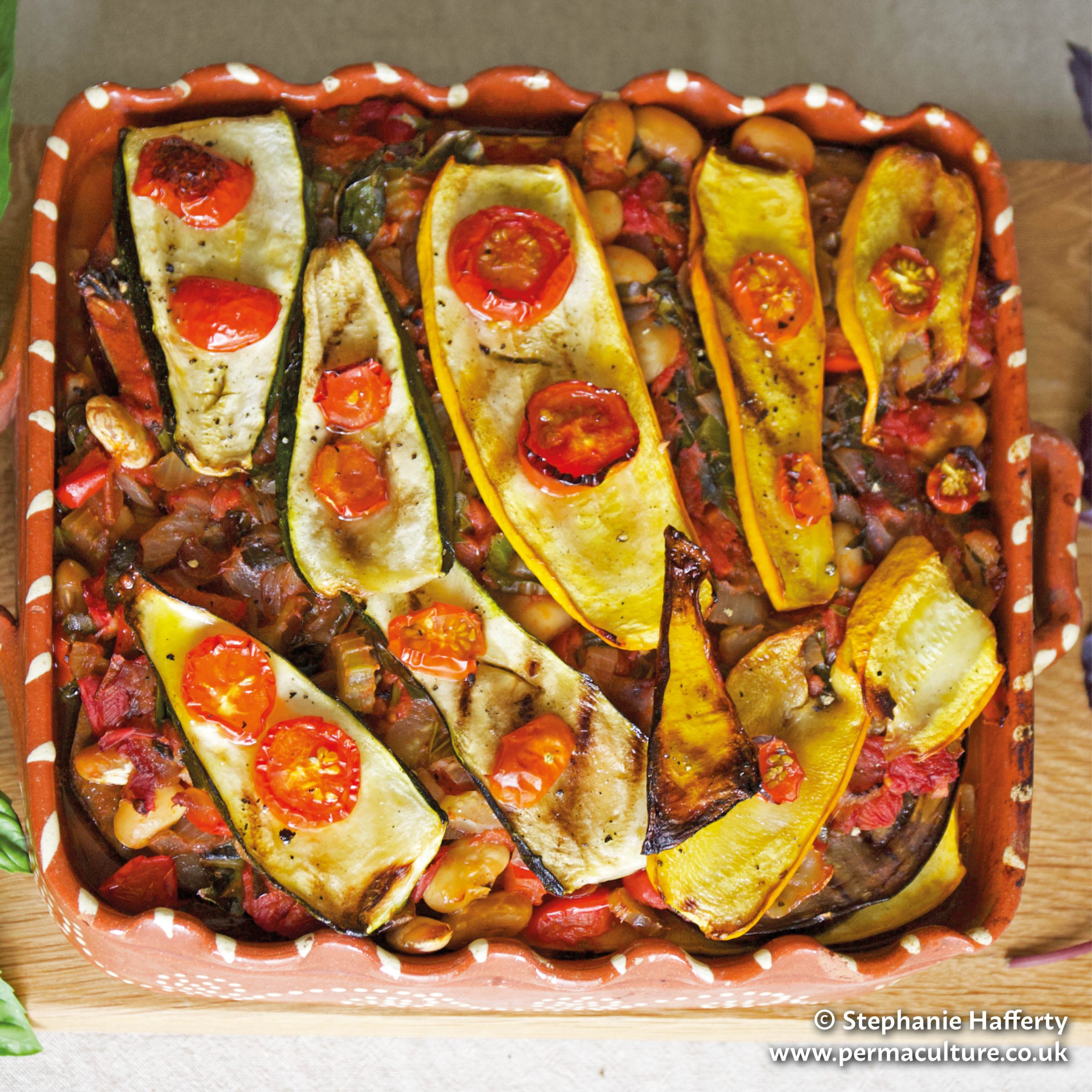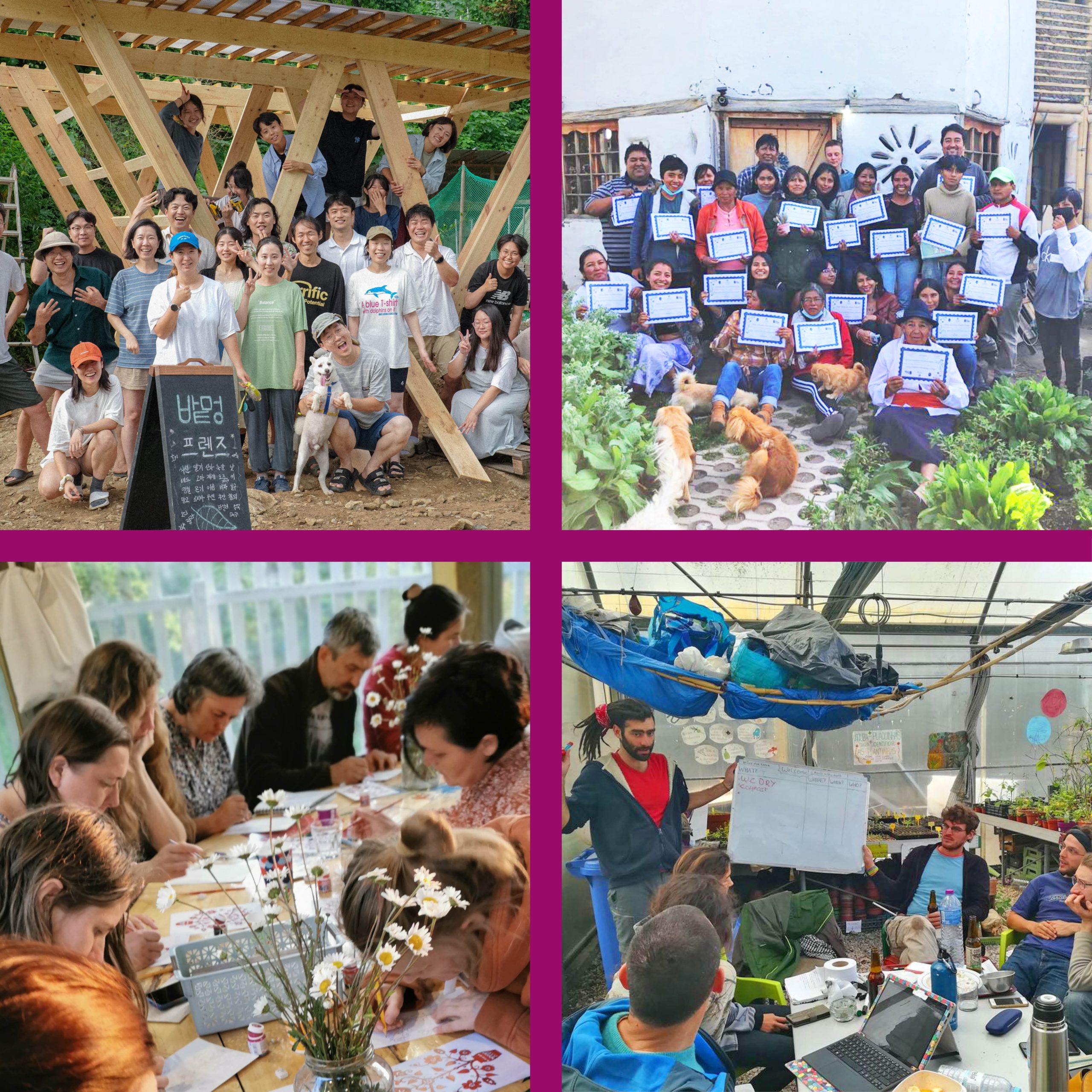What distinguishes permaculture from other holistic design or growing methods is that it aims to create more than a system of sustainable agriculture or organic horticulture; it uses (eco) systems thinking to explore the drivers and ideas behind more lasting, permanent cultures. Its ethics and principles can be applied to living systems (gardens, farms, woodlands, watersheds), urban and rural environments, educational projects and social systems.
Permaculture’s three ethics are Earth Care, People Care and a third that has been variously named as Fair Shares, limits to growth or redistribution of surplus. All three of these could be integrated into one over-arching principle, Future Care, which Starhawk suggested in 2014,1 which she in turn learnt from the African Permaculture School.
Future care integrates limits to growth because it understands that we live on a finite planet with finite resources. If we are planning our designs and projects in the context of caring for the future generation, we need to factor in not just the near future, a time when we are still alive or even the span of our children’s lives, we need to think in terms of seven generations.
Seven generation stewardship is associated with the Iroquois Nation and is called the Great Law of the Iroquois.2 In this law, seven generations ahead were counted as 140 years into the future. Decisions made today should benefit the children of seven generations, the unborn of the future Nation. Imagine if our planning and projects could futurecast to the degree that we aim to enhance and regenerate resources for centuries.
I do not want to culturally appropriate Native American teachings but to respectfully celebrate and contextualise future care within the wisdom of the indigenous worldview. Bill Mollison, permaculture’s co-originator, grew up in Tasmania in the 1930s. He became a tracker, hunter, fisherman and backwoodsman, spending weeks in the temperate rainforests. He had the deepest respect for Aboriginal cultures and later Bill independently researched and published a three-volume treatise on the history and genealogies of the descendants of the Tasmanian aborigines. He went on to learn from indigenous people all over the world and their teachings influenced him deeply. It is widely thought that the indigenous worldview was a vital aspect in the genesis of permaculture thinking to Bill (though sadly he didn’t explicitly reference it).
Native American teachings respect and call upon the wisdom of the Ancestors. We receive our heritage from the last seven generations – for better for worse – and by adopting the ethic of future care we strive to build a world fit for the next seven generations. We therefore stand in the present between these two dimensions of time, past and future, between the last seven generations and the next seven generations. We are the Determiners who stand in an inter-generational place and have the capacity and privilege to align our dreams and visions, projects and designs with the past and for the benefit of the future. This approach ensures that we do not deplete finite resources or poison the land or water for future generations. Instead, we aim to design and implement abundant and regenerative systems for future generations.
Let’s start with growing: It has been said that the ultimate goal of farming is not the growing of crops but the nurturing of soil for future generations. Every permaculturist, whether farmer or gardener, can build soil. We know how to do this using techniques like composting, no dig, planting cover crops like green manures, developing perennial systems like forest gardens and food forests, mulching, building swales, and keyline ploughing. We literally make soil and then we do all we can to keep it in good heart.
Another example: We plant many trees that will yield harvests in our lifetime. Whilst other tree species such as walnut can be harvested by the next generation, we can even design in much longer timescales. Ben Law, who manages Prickly Nut Wood in the south of England, has planted a selection of hardwoods that can be used for construction and veneers. These are not for his use or even his children’s as they will not be ready for at least 150-200 years. They are his future care legacy, one that he says is aligned with traditional forestry methods.
We need to start experimenting with new tree species that can adapt to changing conditions, knowing that in the south of England, for example, we will suffer a 2oC rise in temperature at least. This will threaten the viability of English oaks and beech. An adaptation strategy is to plant holm oak (or ‘holly oak’), Quercus ilex, an evergreen Mediterranean species in addition to our native oaks. We can also consider the black locust, Robinia pseudoacacia, first planted in England in 1636. This is a robust hardwood used for furniture, flooring, panelling, fence posts and small boats.
Future care is not only about nurturing finite resources and making seven generational decisions. Another dimension is Fair Shares. In order to create equitable, healthy futures, sharing finite resources has to be ‘fair’. When resources are not fairly managed, history shows us that we destabilise whole nations and cultures.
The First World has prosecuted resource wars for centuries. In the nineteenth century Britain fought the Chinese over access to their Empire and the right to trade opium. The First World War was fought over land, coal and emerging oil rights in Europe, not because of the assassination of Archduke Franz Ferdinand of Austria by a Serbian nationalist secret society. We were sold the lie of WMDs in the recent Iraq War, an excuse to invade and dominate a strategic, oil-rich part of the world. War is the single most resource depleting, ecologically devastating and inhuman act. It arises out of many complex historical factors, of colonial domination and greed. It destabilises indigenous cultures and small nations and creates colonial systems that subvert land use and culture and it strips resources out of Third World countries, creating land grabs and debt. It leaves behind a legacy of land mines and toxins (e.g. depleted uranium shells in the Gulf War) and mental illness (PTSD).
The natural building movement is another aspect of future care, designing buildings with local materials and simple technologies that can be easily repaired by future generations. When our Woodland Hall, a roundwood cruck frame building made from structural timber sourced from the surrounding woodland at the Sustainability Centre, developed a problem with the supports for the floor, instead of hiring in a contractor, we were able to fix it ‘in house’. The building’s main frames sit on padstones and one began to rot. All that was necessary was a lorry jack to support the frame and floor whilst a new piece of timber was inserted. This is inexpensive, repairable, human-scale building.
Polly Higgins, an international lawyer, has been campaigning to expand the remit of the International Criminal Court to include Ecocide as an international crime (to stand alongside genocide, war crimes, crimes against humanity and crimes of aggression).3 This will ensure global governance and protection when nation states and corporates cause or fail to prevent climate disasters as well as other ecological catastrophes.
Her new project is to create the Earth Protectors Trust Fund4 that is legally valid across the globe. It enables those gifting funds from anywhere in the world to become legal trustees, i.e. Earth Protectors in law. The Trust Fund will be used to finance the costs of small nation states who wish to advance ecocide law at the International Criminal Court. Furthermore, because this Trust document is legally valid across the globe, activists can present it in court as a part of their defense. They can speak out about the ecocide they are facing and why they choose to stand up to it as a conscientious protector. The document creates an opportunity for any judge to make use of it as grounds to acquit. When this starts happening, the Earth Protector’s Defense has a precedent and a new life-force is unleashed.
Imagine if we created a Ministry or Department of the Future in every government around the world. These would be the final arbiter of governance. No law could be passed if it ignored the lessons of the past and did not ensure fair use of resources for future generations. Decisions about fracking, the use of GMOs, neonicotinoids, dirty coal, and nuclear dumping would all have to be placed within a scientific context and their impact on future generations taken into account.
When we understand that we are the Determiners who have a choice to learn the lessons of the past and take responsibility for the future, we begin to shift our culture from destruction to regeneration. We become able to unify our inner desire for beauty, abundance and vitality with the conscious design of all our futures. We are then in beneficial relationship with all other species and our planet.
1 http://starhawk.org/permaculture-solutions-for-climate-change
2 An Iroquois Perspective, pp.173-174; in American Indian Environments: Ecological Issues in Native American History; Vecsey C, Venables RW (editors); Syracuse University Press, New York.
3 http://eradicatingecocide.com/polly/
4 www.missionlifeforce.org
Maddy Harland is the co-founder and editor of Permaculture magazine and author of Fertile Edges – Regenerating the land, culture and hope.
